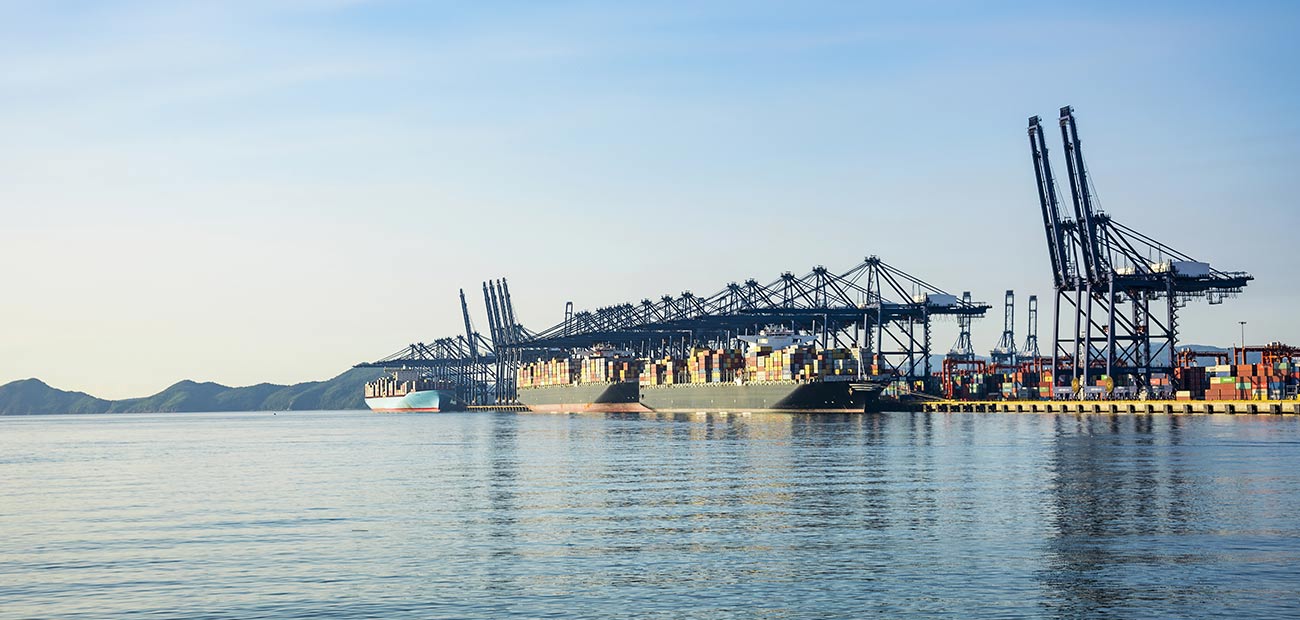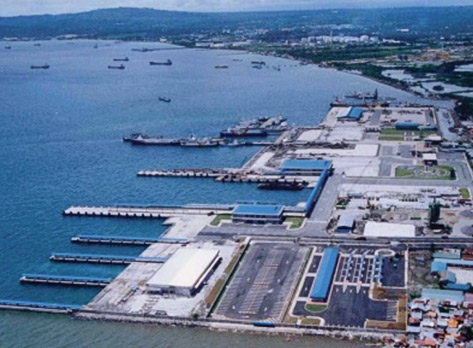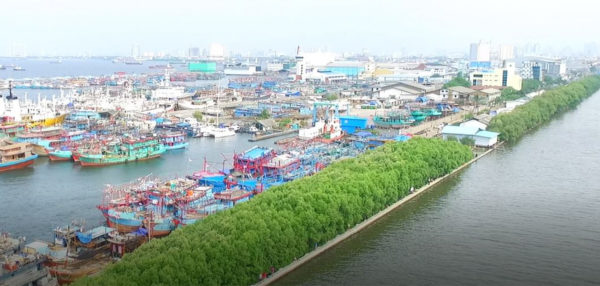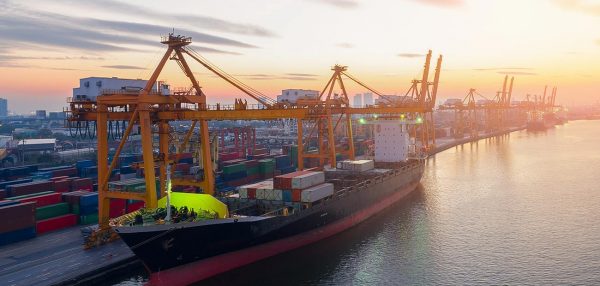More Choices for Manila Cargo
Modernized port near Manila provides alternative for cargo and passengers.

Challenge
Ease Manila’s cargo congestion by upgrading the aged Luzon port to an international terminal
Batangas Port in Central Luzon serves as the main gateway to and from Mindoro and Visayas. Even in 1990, the port facilities were three aged finger piers and a small backup area. It was necessary to expand the port facilities for roll-on–roll-off (Ro-Ro) vehicle ferries, domestic and foreign general cargo, and fast craft for cargo and passengers. Batangas Port Development Project Phase I was implemented from 1990–1999 to upgrade the port’s facilities.
As the Phase I development was taking place, it became apparent that Manila’s main port had reached saturation for handling container cargo and was contributing to the heavy traffic congestion plaguing Manila. Furthermore, much of the cargo traffic was generated from industrialized areas in South Luzon, near Batangas Port. The obvious solution was to develop Batangas Port for container handling. Batangas Port Development Project Phase II was implemented from 2000–2009 to construct an international container terminal to complement the Manila Port and to accommodate container vessels over Panamax size, which could not be accommodated in Manila Port due to the shallow waters of Manila Bay.
Services
OC Global carried out the feasibility studies for Phase I and II with JICA financing in order to establish the conditions for implementing the works by funding from JICA Official Development Assistance (ODA) Loans. OC Global then conducted the detailed design for Phase I and II, including topo-hydrographic surveys; soil investigation; and detailed design of berths, yard, buildings, utilities, container handling equipment, movable bridges, port security systems, and so on. We also performed the construction supervision for both phases.
OC Global was also retained by the Philippine Ports Authority to conduct a study on container terminal management and operation, including assistance with the selection of a concessionaire to operate the container terminal.

Results
Phase I:
Two general cargo berths, transit shed, six RO-RO berths, two ferry berths, five fast craft berths, passenger terminal buildings, elevated walkway with boarding bridges, car parking area
Phase II:
- Container terminal berth: L = 450 m, Design depth = -15 m
- Container yard: A = 12 ha
- C.F.S. dredging the basin and access channel: Depth = -13 m, Dredging volume = 5.2 million m3
- Land reclamation fill: A = 64 ha
- General cargo berth: A = 2.8 ha, L = 470 m
- Port access road and flyover: L= 1 km
- Cargo handling equipment: Two quay cranes, four rubber-tired gantry cranes
- Supporting port facilities: Vessel traffic management system, gate management system, mobile X-ray for Ro-Ro inspection, patrol/service boat
- Other structures and works: Buildings, passenger boarding bridges, road network and utilities
Location
Philippines
Official Title
Batangas Port Development Project Phase I & II
Project Type
Container Port
Client
Philippine Ports Authority (PPA) / JBIC
Project Period
1990 – 2009
Sustainable Development Goals (SDGs)
Upgrade the aged port to ease the cargo's congestion. More choices for Manila cargo, with more Industry, Innovation and Infrastructure, with strengthening its resilience and adaptive capacity to climate-related hazards and natural disasters



